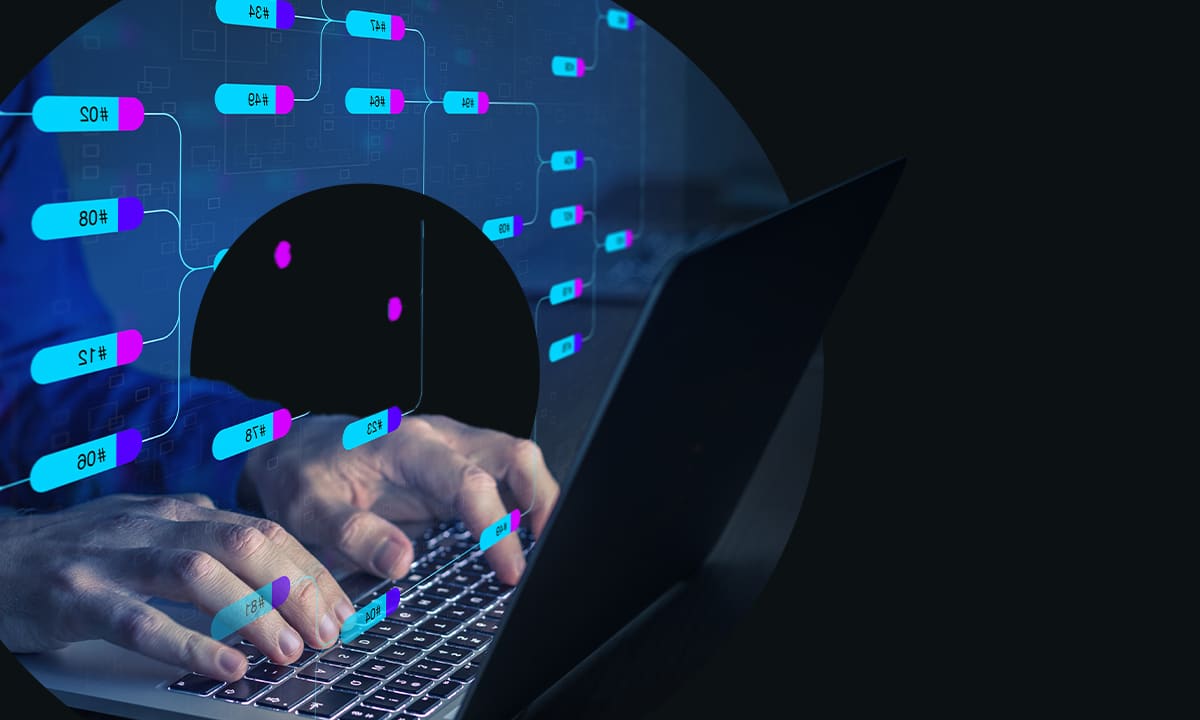Do we still need passwords?
During the MTL Connecte 2025 event organized by Printemps Numérique, our cybersecurity leader Emmanuel Sol took part in the panel “Simplifying Access, Amplifying the Human: The Impact of Modern Authentication.”

Today, 77% of security breaches involve compromised credentials. Phishing attacks are multiplying and becoming increasingly realistic in deceiving victims, driven by artificial intelligence capable of mimicking a voice, reproducing a writing style, or creating fake interactions that are more convincing than ever. When everything accelerates and security becomes non-negotiable, has the password become an anachronism?
Alongside the growing threat of attacks, every forgotten or reset password burdens employees’ daily work and drains IT resources. The result: a method meant to protect access turns out to be a source of irritation and vulnerability.
It’s in this context that a new approach is emerging: passwordless authentication. This method promises to transform our relationship with digital security and put humans back at the center of the experience.
From password to digital trust
Passwordless authentication is gaining traction in response to these challenges. The principle is based on a simple idea: replacing what we know with what we have or what we are. In other words, the knowledge of a password gives way to possession (a device or a security key) or inherence (a fingerprint or facial recognition).
The FIDO2 and WebAuthn standards, supported by major tech players, make this approach both secure and universal. With Passkeys, users sign in using their device without ever transmitting sensitive information. The server sends a cryptographic challenge, the device signs it locally using the passkey (biometric verification authorizes the use of the passkey), and finally the server decrypts the challenge using the public key associated with the passkey. No secret data circulates or is stored on servers, making this system practically impervious to credential theft and resistant to phishing.
This model is already expanding across the industry, and the challenges brought by the proliferation of AI agents are pushing us to promote this model to avoid storing credentials in code. And the benefits are tangible. For companies, it means less risk, less technical support, and more compliance. For users, it means a fast, intuitive, and secure experience.
For a more human future
Adopting passwordless authentication is above all a design choice. It must be integrated at the product creation stage, rather than waiting for a security review. The tools are already here: WebAuthn APIs on the web, credential managers built into mobile devices, and FIDO2 servers connected to OAuth or OpenID Connect. This integration supports unified identity management for both employees and customers.
But the issue goes beyond technology. The rise of agentic AI requires new vigilance. These systems can manipulate credentials or access tokens, reviving old habits of password sharing. To address this, delegated and passwordless authentication becomes essential. It allows each entity to prove its identity without ever transmitting it.
Passwordless authentication won’t solve everything, but it marks an essential milestone. It paves the way for stronger digital trust, where humans regain their place at the center. Security that protects without slowing things down. A seamless experience without compromise. In short, a necessary evolution to build environments that are safer, more efficient, and more human.
